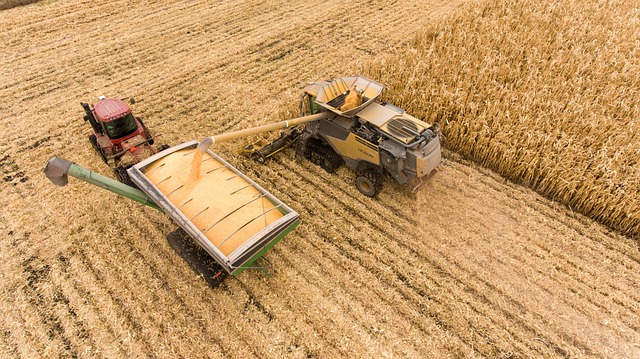In the ever-evolving landscape of agriculture, the call for sustainable changes resonates louder than ever. As we face pressing challenges such as climate change, food insecurity, and rural depopulation, the interdependence between transport sustainability and rural development has never been more critical. The roads in our rural communities are not just pathways; they are lifelines that can significantly influence food production, economic stability, and community well-being.
Transport Sustainability is a powerful tool that can lead to transformative changes in rural agriculture. By investing in sustainable transport solutions, we can drastically reduce carbon footprints, enhance accessibility, and promote local produce. Imagine a world where farmers can transport fresh goods to markets without relying on fossil-fueled vehicles, leading to less pollution and more vibrant local economies. Electrified transport options, like electric trucks and cargo bikes, are already beginning to revolutionize how farmers reach consumers.
This transition doesn’t only have environmental benefits; it actively builds rural development. Improved transportation infrastructure facilitates better access to resources, technology, and markets for rural communities. It empowers farmers to connect with suppliers, customers, and each other, encouraging innovation and collaboration. This interconnectedness fosters a sense of community resilience, allowing rural areas to thrive while embracing sustainable practices.
Moreover, introducing sustainable transport methods facilitates the movement of knowledge and ideas. Farmers can exchange sustainable farming techniques at regional events or workshops, creating a network of shared best practices. As farmers adopt eco-friendly methods, the positive impacts multiply—leading to healthier soils, increased biodiversity, and reduced dependency on chemical inputs.
Furthermore, the emergence of logistical platforms that promote local food systems can showcase the benefits of sustainable changes. These platforms ensure that consumers can easily find and choose locally sourced products, driving demand for local farms and encouraging sustainable practices across the board. Enhanced transport options make it easier for farmers to participate in these networks, leading to economic development while nurturing the land and its resources.
However, for sustainable changes to take root, collaboration among farmers, policymakers, and consumers is essential. By prioritizing sustainable transport initiatives and investing in rural infrastructure, we can foster an environment where both agriculture and local communities can flourish. As we journey towards a sustainable agricultural future, we must recognize the vital role that transport sustainability plays in the development of rural areas, ensuring that these communities are not just surviving but thriving.




